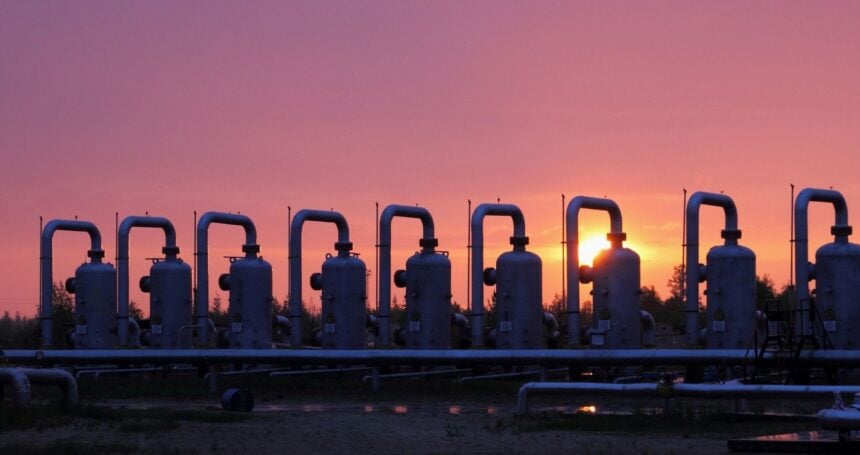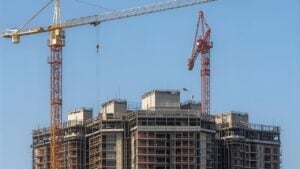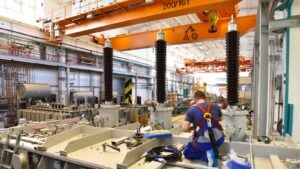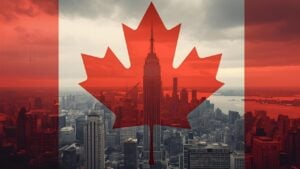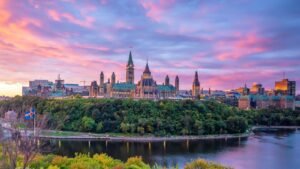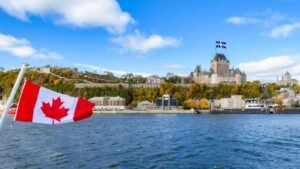British Columbia Premier David Eby is dialing down the temperature on Alberta’s latest push for a new oil pipeline to the Pacific, signaling that his government sees little upside in a fight that would revive the most divisive file in Canadian energy.
The stance throws early cold water on a proposal Alberta is advancing to connect oil sands output to a port on B.C.’s north coast, a route that would hinge on federal approvals and a repeal or carve-out from Canada’s tanker restrictions on those waters.
Alberta Premier Danielle Smith has cast the effort as a way to diversify export routes beyond the United States and to create room for future production growth.
Days after Danielle Smith pitches new oil pipeline, Eby said his focus remains on B.C.’s priorities rather than on relitigating where and how additional crude should move to tidewater.
The Alberta concept envisions a line that could be scaled large enough to matter for producers, but there is no committed private builder and key commercial details have not been made public.
Ottawa’s bars large crude and persistent oil tankers from stopping at ports along B.C.’s north coast, a rule that covers the waters near Prince Rupert and Kitimat.
Pipeline companies have already warned that no one will invest in a line that ends at a closed gate.
Canada export system got a major step-up when the Trans Mountain expansion entered service in 2024, and analysts expect that system to run near full by the later 2020s if production keeps edging higher.
An additional westbound pipe would change the long-term balance, but only if it clears regulatory, legal, financial, and Indigenous consultation hurdles that have stalled past projects.
The current environment also includes ongoing toll proceedings for Trans Mountain and shifting global demand patterns, which add uncertainty to any new build economics.
A Pacific outlet can command higher netbacks on some barrels than U.S. Gulf Coast routes, though that edge depends on shipping costs, tanker availability, and refinery demand in Asia.
The province has signaled it is willing to package the pipeline concept with emissions-reduction commitments, including carbon capture projects backed by large producers, to entice federal support and private capital.
Eby’s government has emphasized coastal protection, Indigenous rights, and climate obligations while channeling energy investment toward liquefied natural gas, grid buildout, and critical minerals.
Any move by Ottawa to relax the tanker ban would invite a fresh round of litigation and grassroots opposition on the coast.
A credible private consortium steps forward with preliminary engineering, shipper commitments, and a financing plan.
Ottawa opens the door to reworking or exempting parts of the tanker law. Third, whether cost inflation and capital discipline in the sector sap appetite for another megaproject.
Enbridge and other incumbents tend to rise when investors expect higher long term throughput, while coastal pushback and legal headwinds usually temper those moves.
If new pipe looks more distant, companies will lean harder on rail, storage, and scheduling to optimize exports and cash flow that backdrop intersects with a tight global supply picture, with global crude exports on track to set fresh records this fall, adding volatility to differentials and freight.
